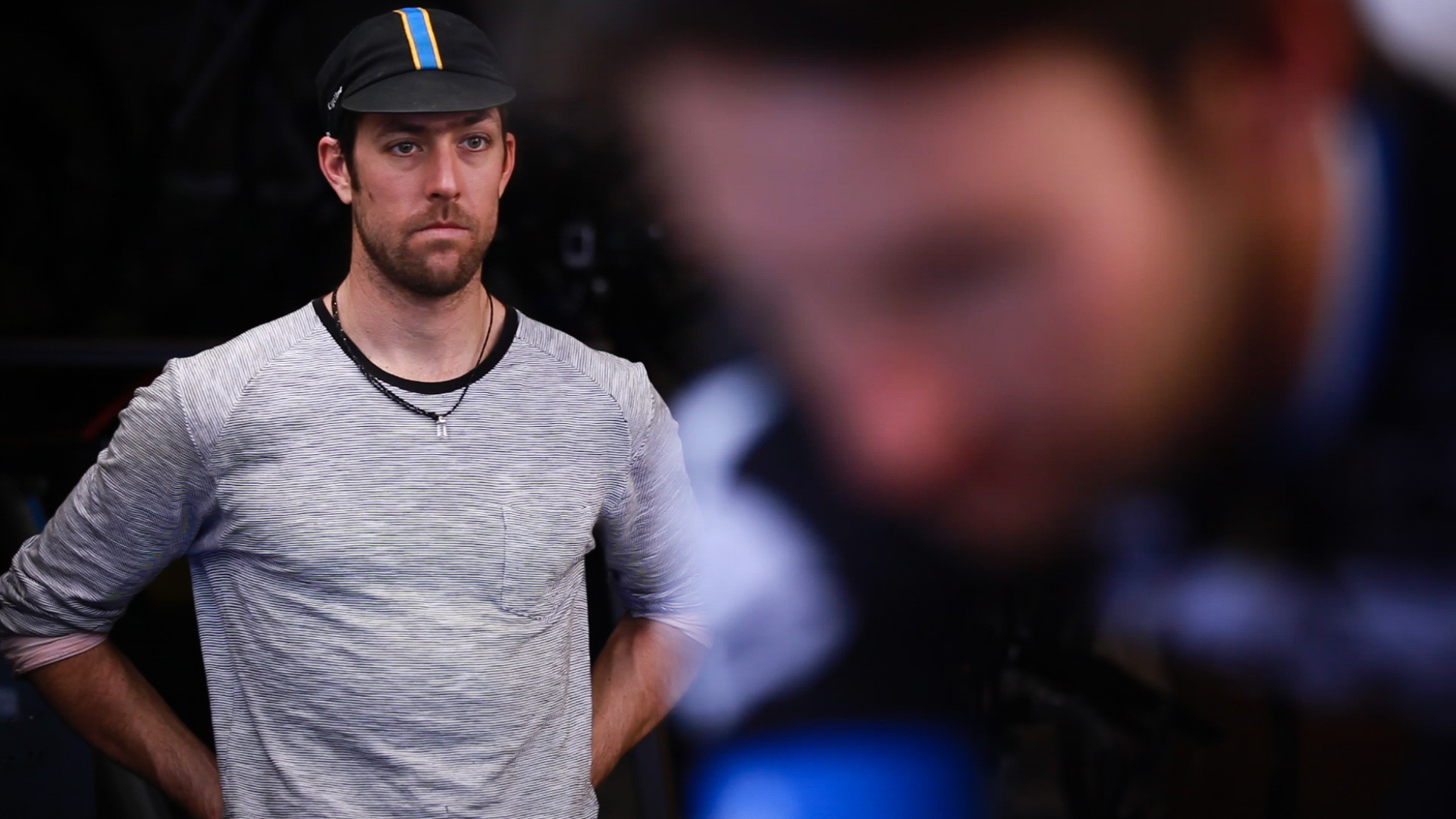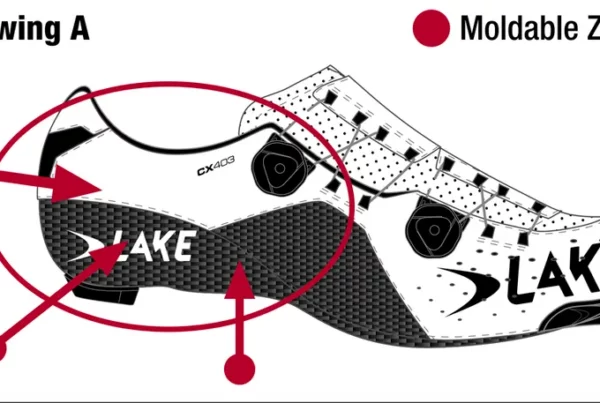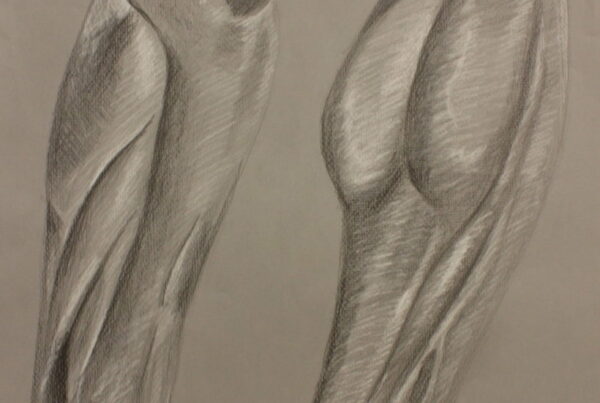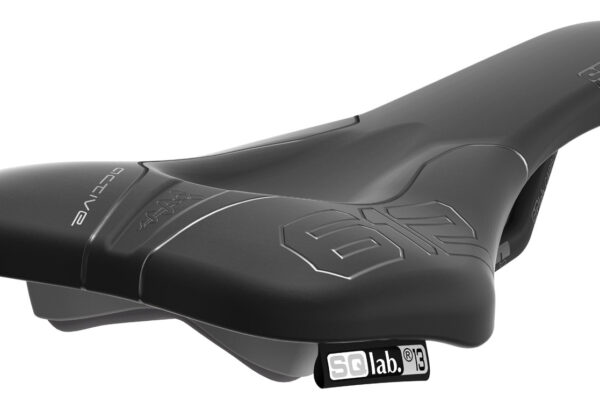Bike fitting is the art and science behind positioning a rider on a bicycle, allowing them to achieve their personal cycling goals. Proper cycling position will maximise the enjoyment of any rider on any bike because the cyclist will feel SAFE and COMFORTABLE.
The perfect fit is comfortable. It facilitates efficiency of movement and the ability to generate power and speed. It allows you to easily breathe and deliver oxygen to your muscles. In the proper position on the right bike, you can effectively balance, stabilise and easily handle the bike: body and bike become one.
Over the course of 3 articles I will explain bike fitting from the toes to the fingertips. Isolating three major components of the bike fitting process; foot support and cleat position, saddle selection and position, and where to put your hands.
A bike fit is a fine balance between 2 major components: Bicycle & Body. The goal is to have the body supported by the bicycle in a way that allows the rider to ride as hard (or soft) as they like without loosing control. This means control of the pedal stroke, control of the core and ultimately control of the bike. For great control, a rider needs to have their contact points* within the physical range of the skeletal, muscular and nervous systems. Then each contact point can be assessed for better support and symmetry.
Once the bike has been well fitted the body can ride with fluidity allowing the brain time to think, strategize or even meditate. The brain is a huge aspect of your bicycle fit and needs to be well connected to supportive contact points. If you are sore, uncomfortable or ill fitted to any of the contact points your brain will let you know and will not stop telling you until you stop riding or significantly change your position on the bike to compensate for the issue. This can often lead to unbalanced and inefficient cycling and in some cases riding with a compromised position for so long you no longer notice the issue at all. You just ride slower.
A huge part of my job as a fitter is to help people become aware of less than ideal contact points and issues their brains do not notice. This concept of the bodies’ own self-awareness is called proprioception (http://en.wikipedia.org/wiki/Proprioception) and is often not recognized or understood correctly. For example, most of the clients I see do not sit straight on their saddle, however if I ask them if they feel they are sitting straight on their saddle they most often answer “yes”, they are misled by their own brain telling them that if they are riding a symmetrical machine they must be in perfect symmetry as well. Excess movement becomes wasted energy and is fatiguing restricts endurance.
The idea of symmetry and your own proprioception is what bike fitting comes down to. What do you feel? And what is really happening? I hope you enjoy reading more about Bike Fitting, the art and science.
*Contact points: foot beds, saddle, bar tape or grips
Originally posted on ManlyCC









